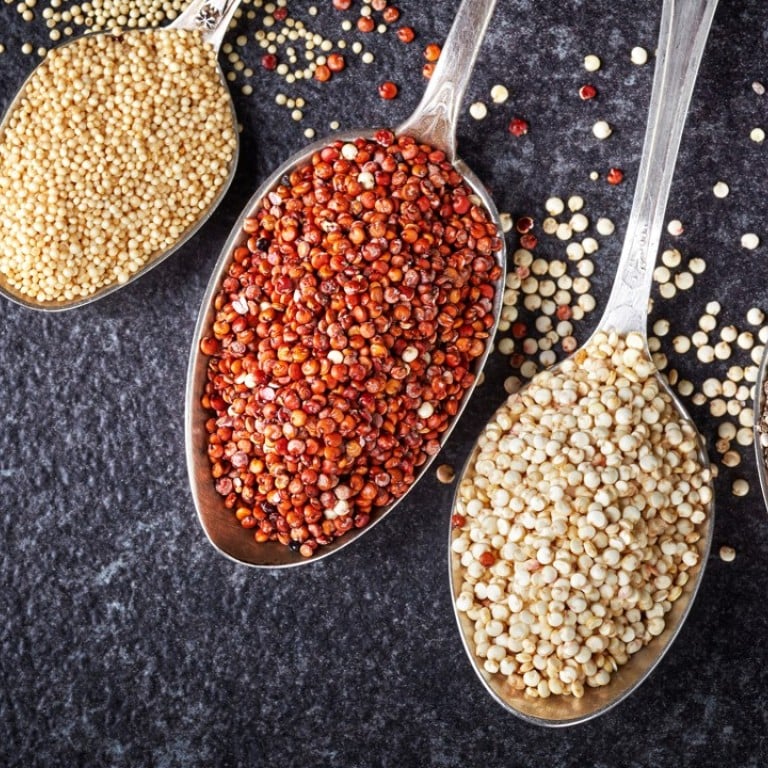
From chia to quinoa, how to pronounce the names of some nutrient-rich foods
Superfoods are everywhere, but how many of us can say them correctly. A look at the origin of the words should help
Superfood mania has hit Hong Kong, where everything from açaí bowls and chia seeds to quinoa is easily found today. But figuring out how their names are pronounced – that’s the difficult part.
Many of these “rediscovered” ancient grains and fruits are native to Central and South America, so it should come as no surprise that their names originate in the languages spoken there.
Superfood fight: which of these 12 foods is best for your health?
Quinoa is the seed of a tall goosefoot valued for its high protein content, was originally cultivated as a food plant in parts of the Andes. It was written about in accounts – first in English translations from 1598, then in English – of European expeditions to the West Indies.
Originally from the indigenous language of South America’s Quechua peoples, the word “kínuwa” entered South American Spanish as “quínoa” or “quinua” and then Spanish as “quínoa”, from which it was borrowed into English (with varying pronunciations of “KEE-nwah”, “KEE-no-ah”, “kee-NO-ah” and even “kwi-NO-ah”). It was included in the Oxford English Dictionary in 1902.
The açaí berry is a small, blackish-purple, antioxidant-rich fruit from a South American palm species. Its name originated in Nheêngatú, a lingua franca of the Upper Rio Negro region. It entered Portuguese as “açaí” (also “assaí”/“açay”) and was borrowed into English. It was documented in Swiss-American biologist and geologist Louis Agassiz’s 1868 book A Journey in Brazil.
Chia seeds come from a purple-flowering plant native to Mexico (now cultivated from the southwestern United States to Argentina) and were a staple food of the indigenous Nahua peoples. The word “chia” comes from the Aztecan language Nahuatl (the lingua franca of Mesoamerica at the time of European contact) as well as from the Mexican Spanish “chía”, which was borrowed into English, appearing in early-1800s writings on Mexico.
While both açaí (pronounced “ah-SAI-ee” or “ah-sai-EE”) and chia (“CHEE-ah”) appeared in English in the 1800s, they were used primarily in geographical and scientific writings. They became mainstream only in the new millennium, as superfoods, and were included as new entries in the Oxford English Dictionary as recently as 2007.
Regions of high biological diversity – such as the Andes and Amazon – also exhibit high linguistic diversity, often encompassing minority languages. Such indigenous language communities tend to maintain traditional ecological knowledge of their flora and fauna. And as our contemporary appreciation
of superfoods attests, such heritage knowledge and languages are well worth sustaining.

